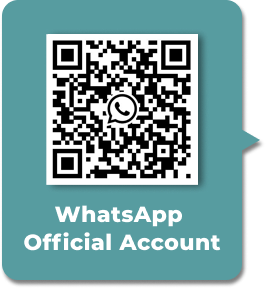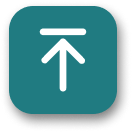Data analytics provides companies, healthcare professionals, and consumers alike with further insight into the long stream of data that they receive from various sensors and devices, which increasingly includes wearable devices. Traditional wearables, such as fitness tracking devices, provide the user with raw information such as their heart rate or step count. By applying analytics to this data, wearers can now receive actionable information and preemptive alerts. ABI Research, a market foresight advisory firm providing strategic guidance on the most compelling transformative technologies, forecasts wearable data and analytics services revenue will reach over US$838 million in 2022, increasing from over US$247 million in 2017, a CAGR of over 27%.
"Wearable devices have long been finding their way into the lives of consumers and enterprises, offering various features such as activity tracking, communication, access to information, and vital healthcare monitoring," says Stephanie Lawrence, Research Analyst at ABI Research. "Data analytics adds a further benefit to the technology, giving users and companies actionable information based on the data that the devices collect, with deep integration through an increasingly connected market."
There are many ways in which data analytics can provide this added layer of insight. These include providing healthcare professionals with analysis into health data collected from a large number of patients, providing them with anticipatory information on which patients may require immediate assistance; providing consumers, athletes, and workers with insight into their fitness and activity, allowing them to improve their levels or style; providing companies with the ability to understand workflow and determine how to improve productivity; and even providing law firms with analysis of claimant activity levels after an injury to determine if their levels are reduced. Companies such as Catapult Sports, Emu Analytics, Sentrian, and Vivametrica provide these analytical capabilities.
Some wearable companies provide data analysis for their devices. For example, communications equipment company Plantronics offers a number of analytical features along with its hearables. The analysis is used to determine the distribution of devices, usage patterns, quality of conversations, and acoustic events. With acoustic events, such as an extremely loud noise, the analysis is used to determine if a damaging acoustic event has occurred or not after an employee has raised a complaint. Without this analysis, the employee would automatically be permitted to have time off, but the analysis helps to prove whether the acoustic event occurred, which helps to reduce the number of false claims.
"Raw data from wearable devices can often be overwhelming, providing the user, healthcare professional, or company with far too much information that doesn't have any real meaning," concludes Lawrence. "With access to data analytics, this information becomes much more meaningful, allowing the user, healthcare professional, or company to take action. In the wider IoT market view, wearables provide a human-centric data source—a valuable asset for efficiency and safety improvements in the workforce."
About ABI Research
ABI Research provides strategic guidance for visionaries needing market foresight on the most compelling transformative technologies, which reshape workforces, identify holes in a market, create new business models and drive new revenue streams. ABI's own research visionaries take stances early on those technologies, publishing groundbreaking studies often years ahead of other technology advisory firms. ABI analysts deliver their conclusions and recommendations in easily and quickly absorbed formats to ensure proper context. Our analysts strategically guide visionaries to take action now and inspire their business to realize a bigger picture.





 ALL
ALL Pharma in China
Pharma in China Pharma Experts
Pharma Experts Market News
Market News Products Guide
Products Guide Brand Story
Brand Story



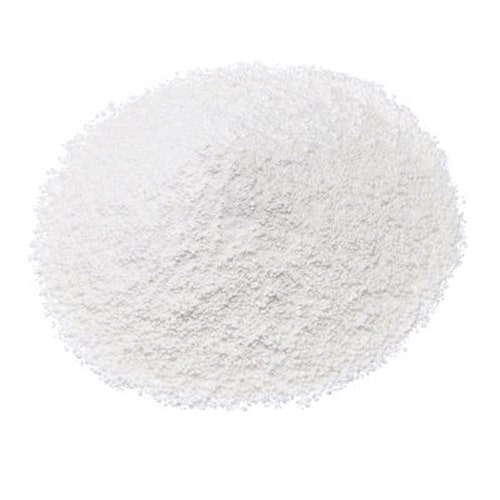
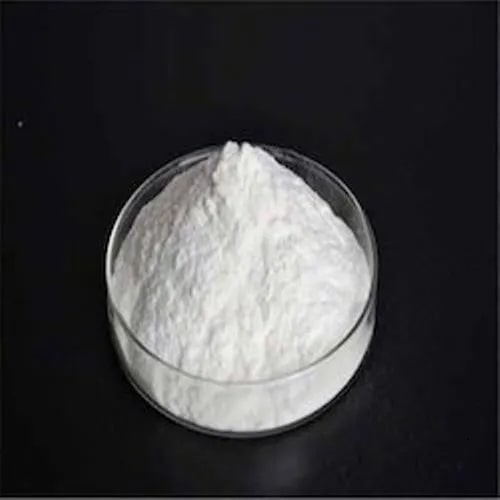












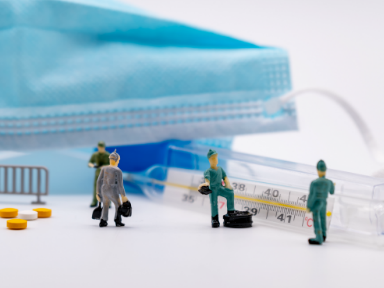





 Pharma Sources Insight January 2025
Pharma Sources Insight January 2025





